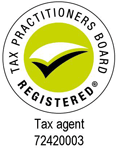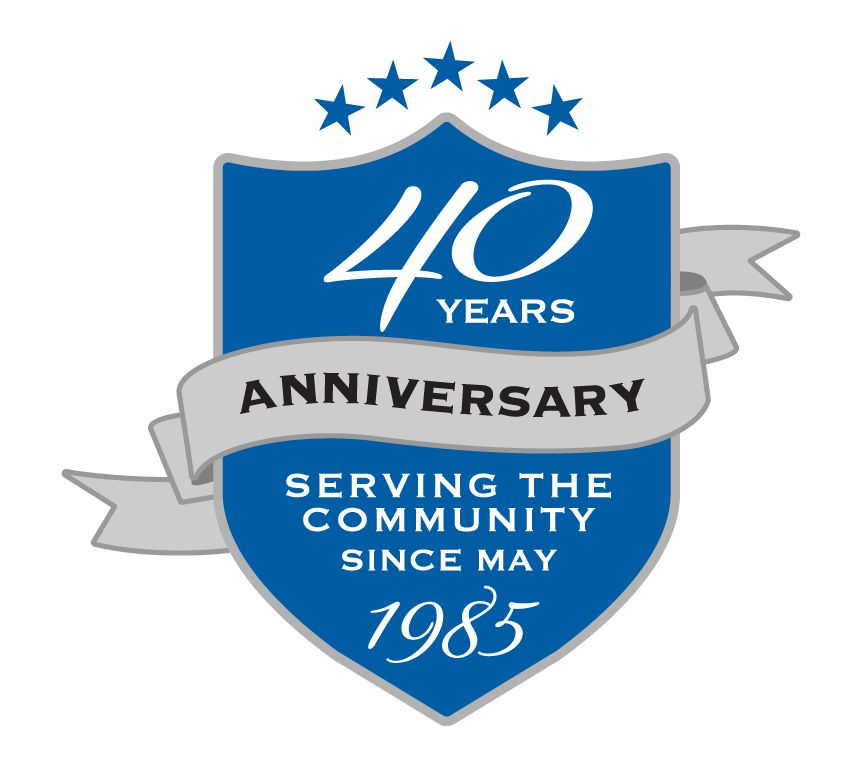The 5 Step Super Check
The 5 Step Super Check
There are five simple things you can do that can make a difference to your super savings over time, meaning more money for you when you retire.
1 Check your super statements
Generally your super fund will send you a statement at the end of the financial year. This annual statement provides you with information about:
o your balance
o contributions made to your account during the year
o any insurance cover you have with the fund
o fees and performance.
It is important to check that your employer is paying the correct amount of super on your behalf. If you think your employer is not paying the correct amount, we have processes in place to help you investigate this.
Many super funds arrange life and disability cover for their members, for a fee. Having insurance for accidents and illness can provide a sense of security for you and your family. However, it is important you know what cover you have as you might have similar cover under another type of policy. This might mean you are paying for the same cover twice.
When checking your statement you should take note of the fees. Super funds charge you fees for the services they provide. Generally, a super fund with low fees will build your savings faster.
Checking your super statement is a good time to see if you have any other super. Find out how to register for our online services and use SuperSeeker .
Find out more
Unpaid super
2 Make sure your fund has your TFN
If your super fund has your tax file number (TFN), it will make it easier, when you log on to our online services, to keep track of and transfer your super and to find any lost super or super we hold on your behalf.
You can check if your fund has your TFN by looking at your super statement. If your TFN is not listed on it, contact your fund and give it to them. The benefits of providing your fund with your TFN are:
o your fund will pay less tax on employer contributions (and pass the savings on to you)
o you are less likely to lose track of a super account
o you will not miss out on government super payments - for example, the government co-contribution
o you will be able to make personal (after tax) contributions to the fund.
Find out more Providing your tax file number .
3 Keep track of your super using SuperSeeker
Our online services have been improved so you can see and do more with your super in a few simple steps. If you've ever changed your name, address or job, you may have lost track of some of your super.
You can register for our online services and use SuperSeeker to:
o check all your super accounts
o find lost super â€" there are billions in lost super dollars; see if some of it is yours
o find ATO-held super - if the government, your super fund or your employer can't find an account to transfer your super to, we hold it on your behalf
o transfer your super into your preferred account â€" if this is a fund-to-fund transfer it will be actioned within three working days.
In 2013, lost super accounts up to the value of $2,000 (at 31 May 2013) were transferred from super funds to us. We will hold this money until you claim it, to protect it from being eroded by fees and charges. From 1 July 2013, we will also pay interest at a rate equivalent to the consumer price index (CPI) when you reclaim these savings.
To access these services, you'll need to register online â€" this is an important security measure, and once you're registered you can access your information 24/7.
To register, we need some information from some personal documents to know who you are.
Because we update our online information regularly, you can keep checking for any new accounts that we might find on your behalf.
Get it done
Find out more SuperSeeker
Help
VideosExternal Link
- on registering for online services and using SuperSeeker.
4 Consider government contributions
If you are a low or middle-income earner, the government may help boost your savings through the super co-contribution.
The co-contribution is a government payment you may get if you make personal (after-tax) super contributions into a complying super fund account. It is paid directly into your super account. There is a maximum income limit that is indexed annually.
For 2013-14, the maximum income limit is $48,516.
To receive the maximum co-contribution ($500), you need to earn $33,516 or less and put $1,000 into your super account during the financial year. If you put less than this amount into your super over the year, the government will match up to half your payments, depending on what you earn, with the minimum amount payable being $20. If your income is over $33,516, the co-contribution rate reduces by 3.33 cents in every dollar until the maximum income limit, where the co-contribution is phased out completely.
Example
Angela earns $33,000 a year. She pays $40 per fortnight from her take-home pay into her super account for 2013-14 (this will total $1,040 for the financial year).
With this payment plan, Angela will be eligible for the maximum rate of co-contribution for 2013-4 ($500).
We will pay this amount into Angela's super account between November and January after the 2013-14 financial year.
Find out more
5 Put extra money into your super
You can make payments into your super fund account over and above the 9.25% your employer pays on your behalf. This can really help to build your super over time, and can help you make up for periods when you are not working. Even small amounts will make a difference.
Salary sacrifice
Salary sacrifice is when you and your employer make an agreement to pay some of your before-tax (gross) salary or wages into your super.
If you want to make salary sacrifice contributions, talk to your employer about it first to make sure they allow it and so you know what the benefits will be to you. For example:
o salary sacrifice reduces your assessable income
o super contributions are taxed in your super fund at 15%, which is usually less than you would pay if you took the money as salary.
Example
Emily earns $58,000 a year (gross). She enquires with her human resources section and finds out that her employer offers salary sacrifice arrangements.
She arranges to have an extra $200 per fortnight ($5,200 per year) paid into her super account before tax. This is in addition to the super her employer pays into her super account on her behalf.
Normally, Emily would pay $10,397 tax (not including the Medicare levy) a year on $58,000.
By salary sacrificing $5,200 into her super, Emily helps build her super and pays less tax.
She is taxed on $58,000 less $5,200 ($52,800). The tax payable on $52,800 is $8,707.
Emily not only adds $5,200 more into her super a year, but saves $1,690 in tax.
End of example
Find out more
Salary sacrificing super
There are limits on how much you can contribute to super each year before being charged extra tax, depending on your age for the year.
The cap on before-tax, or 'concessional', super contributions is $35,000 for people who are at least:
o 60 years old in the 2013-14 financial year
o 50 years old in the 2014-15 financial year.
For everyone else, the cap is $25,000 for 2013-14.
Find out more
Super contributions - too much super can mean extra tax
After-tax contributions
After-tax, or non-concessional contributions, are generally contributions you make into your super fund after tax has been paid on the money. They include:
o personal contributions you make from your after-tax pay that you are not allowed to claim as an income tax deduction â€" these contributions can qualify for the government co-contribution .
o contributions your spouse makes to your fund on your behalf.
There are limits on the amount of after -tax super contributions you can make before you are charged extra tax. For the 2013-14 financial year, the limit is $150,000.
Find out more
Planning for work breaks
Making extra super contributions while you are working can help prepare you for work breaks such as parental leave.
If you have a spouse, they can also make super contributions on your behalf and may be entitled to a tax offset for this.
Find out more
Spouse super contribution tax offset
.





